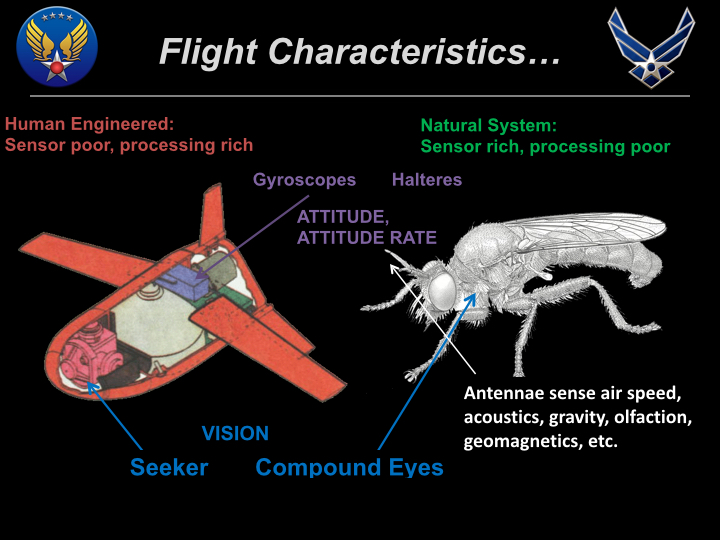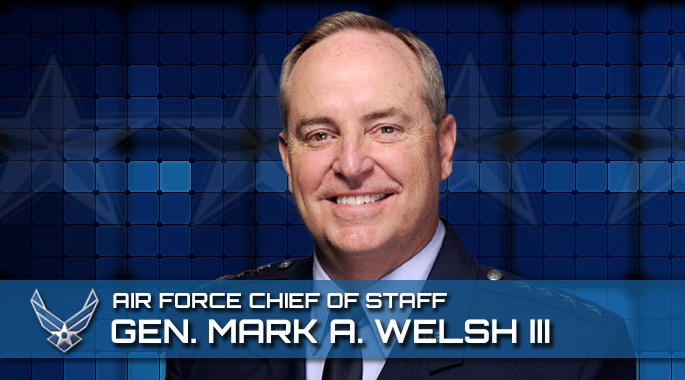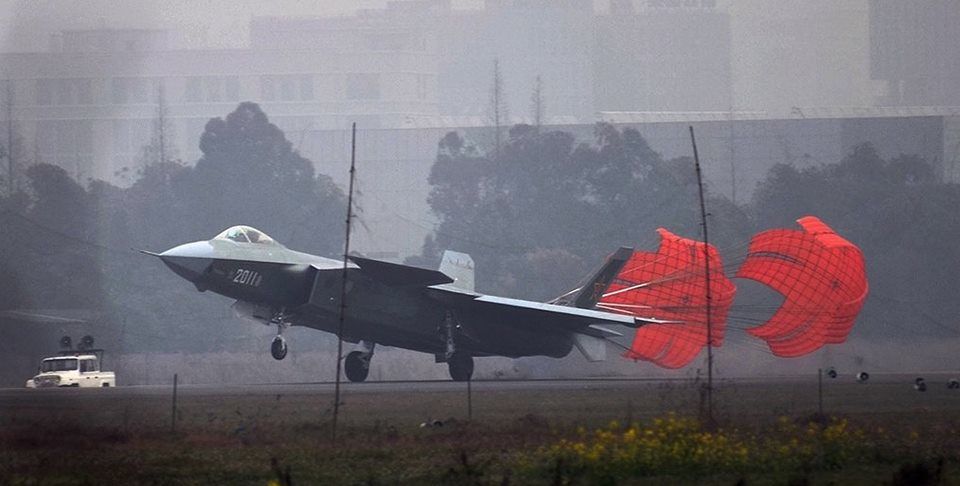Air Force Chief Welsh Signals Shift To Modernization, AKA Weapons
Posted on
ORLANDO: More than half-way into his tenure as Air Force Chief of staff, Gen. Mark Welsh has shifted focus from the service’s airmen to its weapons, declaring today that “we must modernize the Air Force. This isn’t optional. We must do it. And It will be painful because we will have to make hard choices.”
Welsh’s speech here at the annual Air Force Association winter conference comes while rumors swirl that the service is poised to release important details about two major new programs. The rumor is that officials will release tomorrow the requirements of the new jet fighter trainer, T-X. That will be followed soon thereafter by a public release of elements of the Long Range Strike Bomber program.
I spoke with a senior Air Force official here after the chief’s speech and the source told me that this really is a major shift for the service, one that should persist for the rest of the Obama administration — at least. And it’s not acquisition reform, or a host of new studies or some really well meaning and thoughtful cluster of commitments. “This is real. We’re not just talking about this. We’re going to do things differently. We’re going to modernize,” the senior official said.
The Air Force has spent much of the period since the 9/11 terror attacks shrinking, recovering from a string of scandals and lapses, and seeing much of the élan that used to define the service evaporate. Welsh, an ebullient, empathic and vigorous leader, spent his first two years working hard to restore pride in what used to be viewed by many Americans as the elite service — the one that gave us most of our astronauts, our test and fighter pilots, the people with the right stuff.
Today, Welsh declared a new course that may help to revive that spirit that has flagged: “We must modernize the Air Force. This isn’t optional. We must do it.”
In a clear sign that the world really is different and that the Air Force must resume building new weapons, he noted that China’s latest fighter is a five-year-old baby, compared to the aging 24-year-old F-16.
“There have been lots of distractions. There’s been sequestration. There’ve been furloughs. There’s been talk about retirement plans and compensation packages and how much am I doing to get paid and what’s happening to my health care, an unending stream of things that have occupied their consciousness,” Welsh said. When he and Air Force Secretary Deborah Lee James travel and take questions at bases around the world, he said airmen: “don’t want to talk about new radars for their aircraft, operational questions. They don’t want to tall about new tool kits, better ways of doing their jobs. We are distracted, folks.”
The solution? “Here’s what I think the Air Force needs to do in 2015 — refocus on our main mission — fighting and winning the nation’s wars,” the chief said.
A key to embedding all this change in the service is a new process for making Air Force budgeting and planning decision. Welsh offered a chart showing new processes for the Air Force to make its long-term decisions, “a decision roadmap.” Over the next year, everything the Air Force does will go through this planning process to allow the service to make the hard choices it faces.
A key to this effort is something the Air Force used to have at its core. “We are missing something we used to have, developmental planning,” Welsh said. “We kind of let this go away,” he said. The senior Air Force official told me that Space and Missile Systems Center (SMC) is the last remaining part of the service where developmental planning holds sway. The senior official described it as a combination of war games, cost analyses, net assessments and prototype work. “We have to bring it back,” Welsh told the audience..
To illustrate the kind of technologic innovation that could help the Air Force regain its edge, Welsh introduced an Air Force Research Lab scientist, Jennifer Talley, who looks at biological sensors to try and come up with unique solutions. “This is the future,” Welsh said. “She will make conflicts shorter so fewer people die overall, or maybe she can give us the ability to avoid conflicts completely, which would be the best result overall. Jennifer, thanks for inspiring us; thanks for letting us use your brain,” he said to applause.
As he always does at major speeches, Welsh hailed a cluster of regular airmen for extraordinary service, ending with an emotional tribute to 1st Lt. Nate Nelson, an air commando wounded in action. Nelson, paralyzed from the chest down, was pushed onto the stage before a packed room filled with hundreds of uniformed airmen, industry leaders and people like me. Welsh hailed his bravery both in combat and in recovery. Nelson’s wife and baby came on stage as well and it all ended with Welsh, his voice wavering, asking everyone to show Nelson — wearing his Air Force uniform — our appreciation. The crowd rose to its feet and applauded for more than a minute, marking the end of the chief’s speech. Much of the room immediately flooded forward to shake Wilson’s hand and to chat with Welsh.
Will we mark today as the beginning of a technologically and morally resurgent Air Force, or as just another well meaning effort to rebuild the service? Welsh is a forceful leader and James appears to possess grit and the ability to focus and keep pushing for change. Your thoughts, dear reader?
Subscribe to our newsletter
Promotions, new products and sales. Directly to your inbox.


